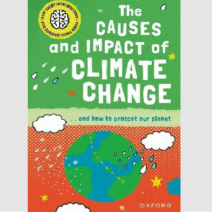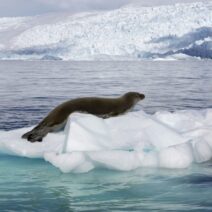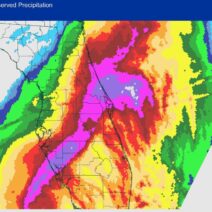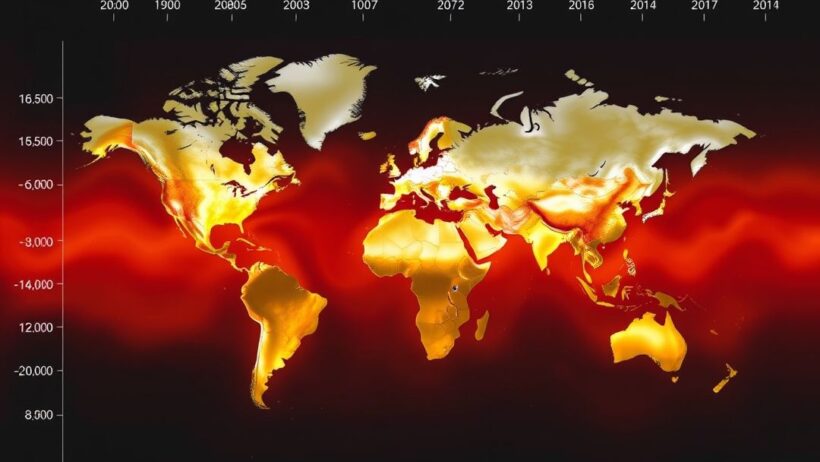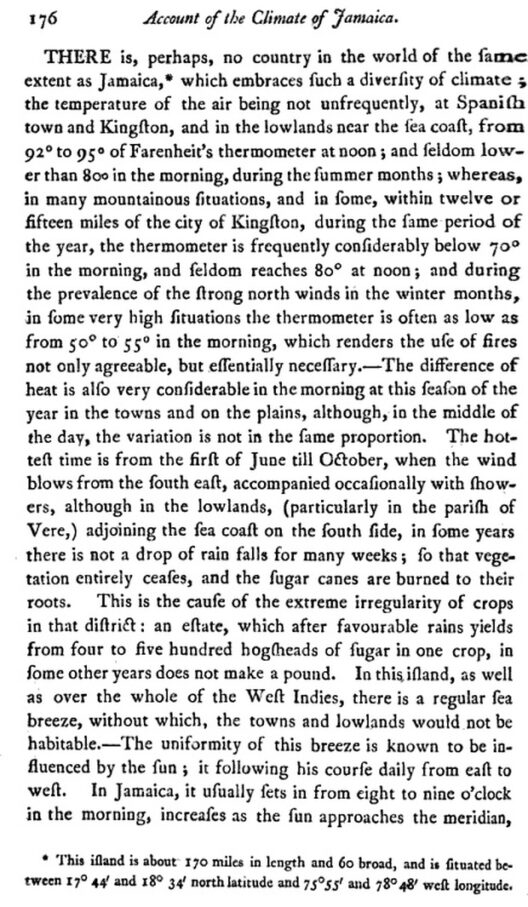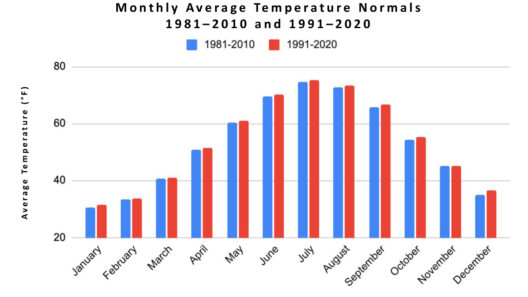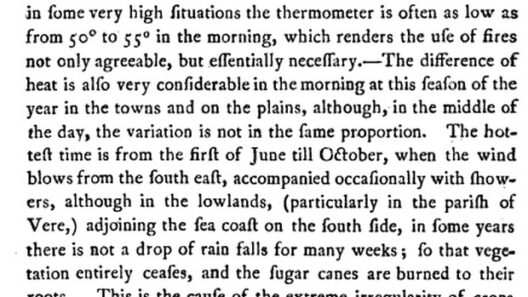As we delve into the complex relationship between time, terrain, and temperature, it becomes increasingly evident that the impacts of climate change are far-reaching and multifaceted. Throughout history, the Earth has experienced various climatic epochs, each with its temperature anomalies that have sculpted the landscape. What if we pondered a playful question: can the trail of a raindrop tell us about climate shifts over centuries? This intriguing contemplation invites us to explore the dynamics of weathering and how they respond to the ever-changing climate.
Weathering, the process that breaks down rocks and minerals into smaller particles, can be categorized into two primary types: physical weathering and chemical weathering. Physical weathering entails the mechanical breakdown of rocks without altering their chemical composition, often exacerbated by temperature fluctuations. In contrast, chemical weathering involves alteration at the molecular level, facilitated by moisture, temperature changes, and the presence of organic materials. Understanding these processes within the framework of climate shifts reveals how landscapes evolve in response to temperature changes over time.
The intricacies of temperature shifts led by climate change stir a fascinating dialogue about the future of our planet’s topography. With rising global temperatures driven by anthropogenic influences, the trajectory of weathering processes is undergoing a significant transformation. Consider the implications of thawing permafrost in Arctic regions. As temperatures rise, permafrost melts, releasing previously trapped organic matter; this not only alters the existing topography but also exacerbates greenhouse gas release, creating a feedback loop that intensifies global warming. In this context, we must pose a potential challenge: how can we mitigate the effects of such cascading feedbacks on ecological and geological stability?
Furthermore, the long-term effects of temperature shifts on weathering are evident in the disintegration of geological structures. Rock formations subjected to increased thermal stress inevitably display signs of fragmentation. For example, in arid regions, where the temperature fluctuates dramatically between day and night, rocks may expand and contract, leading to the development of fissures over time. The accumulation of micro-cracks, while seemingly innocuous in the short term, can destabilize entire rock faces, resulting in landslides and erosion. These phenomena underscore the necessity for further research on the resilience of various geological formations amidst climatic perturbations.
So, what about the realm of chemical weathering? As temperatures rise globally, the rate of chemical reactions accelerates, thereby increasing the rate of weathering. This has profound implications for biogeochemical cycles, particularly the carbon cycle. A warmer atmosphere facilitates enhanced weathering of silicate minerals, a process that sequesters carbon dioxide, acting as a natural buffer against climate change. However, given the unpredictable nature of climate dynamics, can this buffer effectively counterbalance anthropogenic emissions? Engaging with this question leads us to confront our reliance on natural processes to remedy human-induced travails.
Migration patterns of species also reflect the interconnectedness of temperature shifts and weathering. As climatic zones shift, flora and fauna respond by migrating toward more temperate conditions. In turn, the displacement of these species alters soil composition and influences weathering processes. For instance, the invasion of non-native species can modify the rates of chemical weathering, ultimately impacting sediment transport and nutrient cycling. The dialogue around biodiversity and climate change offers a multifaceted challenge: how can we ensure the preservation of native ecosystems while accommodating the pressures of climate-induced migration?
The interaction between weathering and climate change extends into hydrology as well. With increased temperatures, evaporation rates rise, altering precipitation patterns. This shift leads to increased instances of flooding in some areas and prolonged droughts in others. The duality of these events presents unique challenges for weathering processes. In flood-prone regions, rapid water flow can enhance the transport and deposition of sediments, whereas prolonged droughts may inhibit the rate at which the landscape weathers. This duality begs further investigation: how do we adapt our land management practices to account for the variability in weathering driven by climate change?
Additionally, the influence of anthropogenic activity on weathering processes cannot be overlooked. Urbanization, mining, and deforestation exacerbate weathering rates, leading to significant land degradation. The natural balance of weathering and deposition is disrupted, often resulting in increased sediment runoff and altered river systems. In urban environments, impervious surfaces prevent water infiltration, intensifying surface runoff and accelerating erosion. As we confront urban expansion, a pressing question lingers: how can sustainable development practices harmonize with natural weathering processes to safeguard ecological integrity?
In conclusion, the interplay of time, terrain, and temperature shapes our understanding of weathering dynamics amidst a changing climate. As physical and chemical weathering processes evolve in response to temperature shifts, the implications for geological stability, biodiversity, and biogeochemical cycles become increasingly pertinent. It is imperative to address the challenges posed by human activities and climate change through diligent research, innovative methodologies, and proactive policies. By fostering a greater understanding of the relationship between weathering and climate, we can strive towards a more sustainable future in our ever-complex environment.
